The art world is undergoing a quiet revolution—one that merges creativity with sustainability through the emergence of carbon-conscious NFT transactions. As climate concerns take center stage globally, artists, collectors, and platforms are redefining digital ownership by prioritizing blockchain-certified green NFTs. This shift isn’t just about reducing environmental harm; it’s about reshaping how art intersects with accountability in the age of Web3.
Traditional NFTs, particularly those minted on energy-intensive proof-of-work blockchains like Ethereum (pre-merge), have faced criticism for their staggering carbon footprints. A single transaction could consume as much energy as an average household uses in weeks. Yet, the narrative is changing. Artists and platforms are now leveraging eco-friendly alternatives—proof-of-stake networks, layer-2 solutions, and carbon-offset initiatives—to create NFTs that leave minimal environmental traces. The result? A new genre of “green NFTs” that don’t compromise on blockchain’s transparency or art’s intrinsic value.
What makes these green NFTs unique is their verifiable sustainability. Blockchain’s immutable ledger now tracks not just provenance but also carbon data. Platforms like KlimaDAO and OpenEarth collaborate with artists to embed carbon offsets directly into smart contracts. For instance, an NFT sale might automatically allocate a percentage of proceeds to reforestation projects or renewable energy credits. This fusion of art and climate action resonates with a growing cohort of collectors who demand ethical digital ownership. As one gallery owner noted, “The conversation has shifted from ‘How much is this worth?’ to ‘How much did this cost the planet?’”
The rise of carbon-footprint-conscious art also challenges creators to rethink their workflows. Digital artists, once detached from physical material waste, now audit their energy use—from rendering files to choosing blockchain platforms. Some opt for Tezos or Polygon, which boast near-negligible emissions compared to older networks. Others partner with eco-certifiers to issue “sustainability badges” for their NFTs, akin to organic labels on food. This transparency builds trust: collectors can browse marketplaces filtered by carbon ratings, knowing each purchase aligns with their environmental values.
Beyond technology, the movement sparks philosophical debates. Can art truly be sustainable in a system still reliant on energy-guzzling data centers? Purists argue that NFTs, by nature, are abstractions—their carbon impact shouldn’t overshadow their cultural value. Yet innovators counter that blockchain’s potential to democratize art ownership must coexist with planetary responsibility. As a curator from a leading digital art collective put it, “We’re not just minting art; we’re minting legacies. Those shouldn’t include ecological debt.”
Market dynamics reflect this ethos. Auction houses now highlight green NFTs in dedicated sales, while carbon-neutral wallets gain traction among Gen Z collectors. Even traditional artists dipping into digital realms insist on “clean” drops—collections with audited emissions. The trend has birthed hybrid models too: physical sculptures paired with NFTs, where the token’s carbon offset covers the sculpture’s material footprint. Such innovations blur the line between tangible and digital sustainability.
Critics, however, urge caution. Greenwashing looms large, with some platforms exaggerating eco-claims. Without standardized metrics, a “low-carbon” NFT on one chain might still dwarf another’s energy use. Regulatory bodies are stepping in; the European Blockchain Observatory recently proposed labeling requirements for NFT carbon disclosures. Meanwhile, artists like Sarah Meyohas and Memo Akten pioneer open-source tools to calculate and display NFT emissions in real-time—a move toward radical transparency.
The road ahead is both promising and complex. As solar-powered mining farms and carbon-negative blockchains emerge, the dream of a self-sustaining NFT ecosystem inches closer. But technology alone won’t suffice. Galleries must educate buyers, artists must demand greener options, and collectors must vote with their wallets. In this evolving landscape, every transaction becomes a statement—not just of aesthetic taste, but of environmental ethics. The canvas of the future, it seems, will be painted with blockchain’s code and shaded in green.

By /Jul 23, 2025

By /Jul 23, 2025

By /Jul 23, 2025

By /Jul 23, 2025
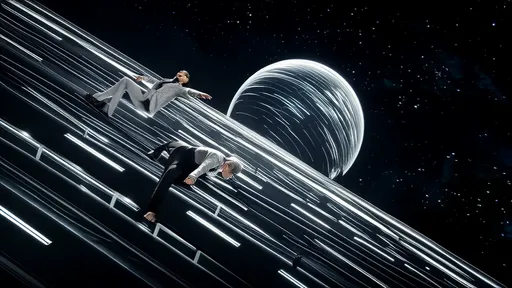
By /Jul 23, 2025
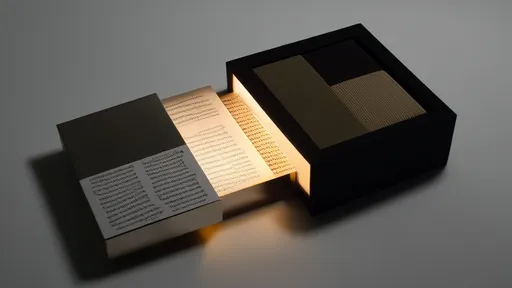
By /Jul 23, 2025

By /Jul 23, 2025
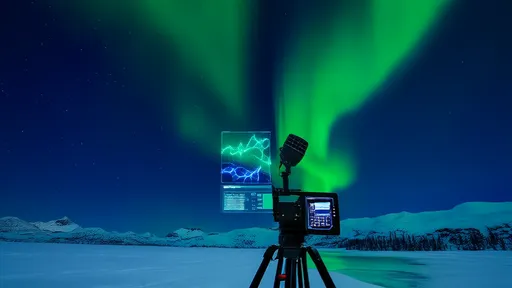
By /Jul 23, 2025

By /Jul 23, 2025
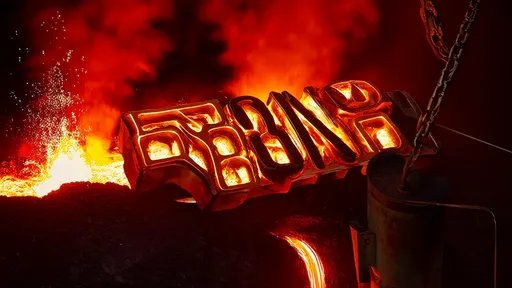
By /Jul 23, 2025
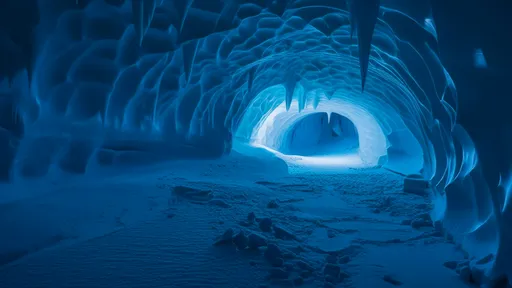
By /Jul 23, 2025
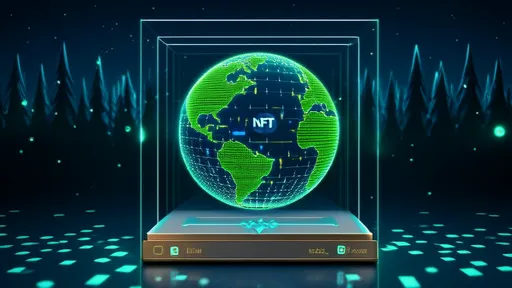
By /Jul 23, 2025
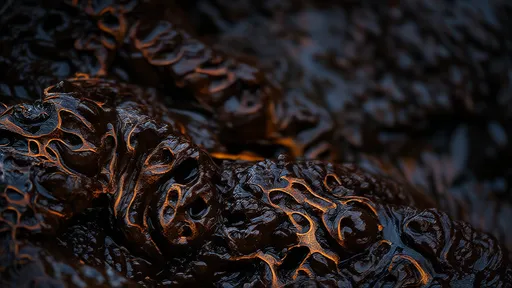
By /Jul 23, 2025

By /Jul 23, 2025
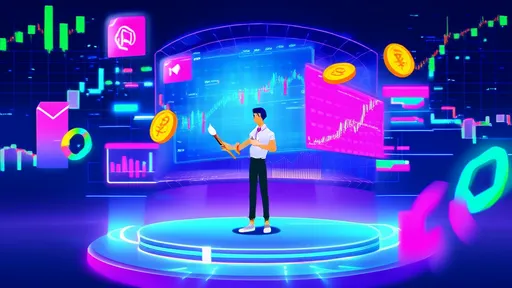
By /Jul 23, 2025

By /Jul 23, 2025

By /Jul 23, 2025

By /Jul 23, 2025